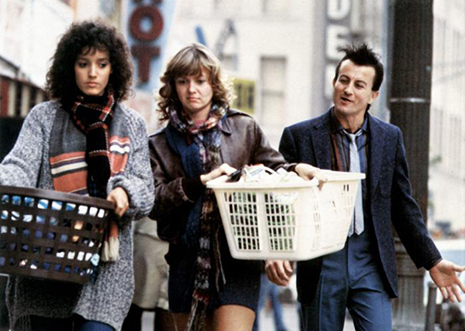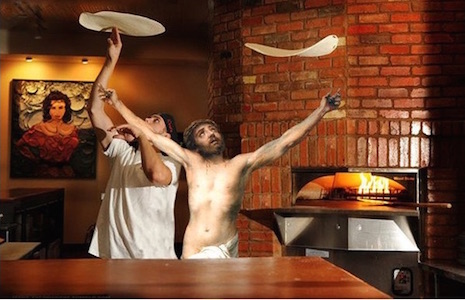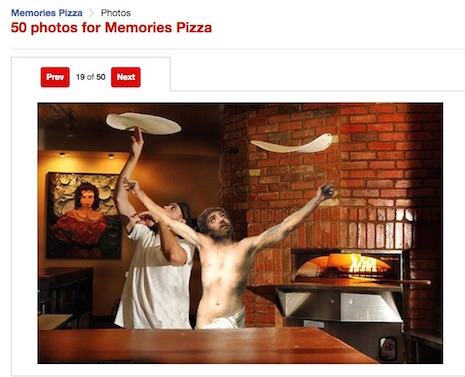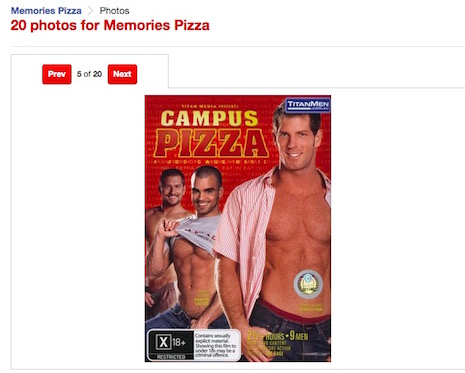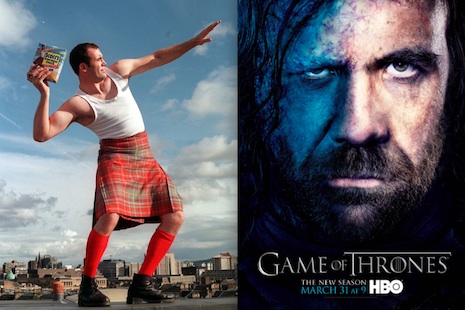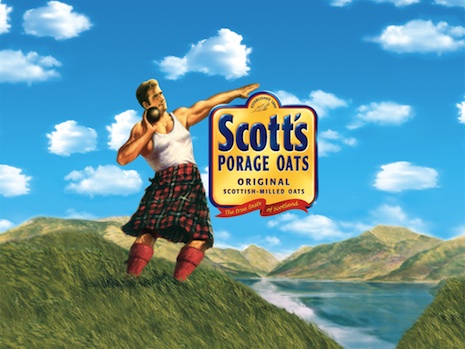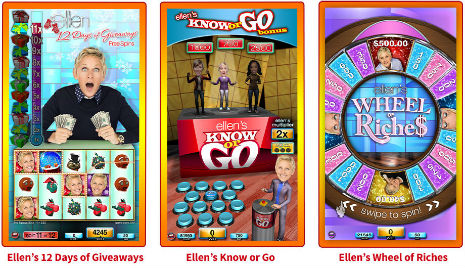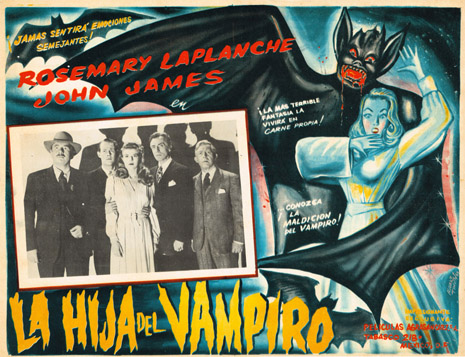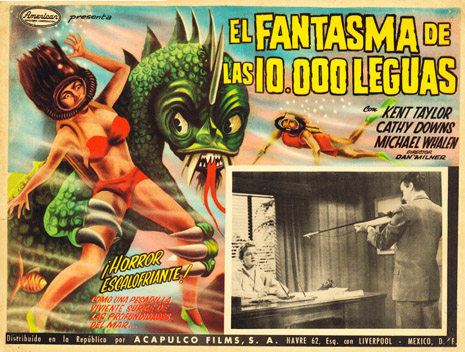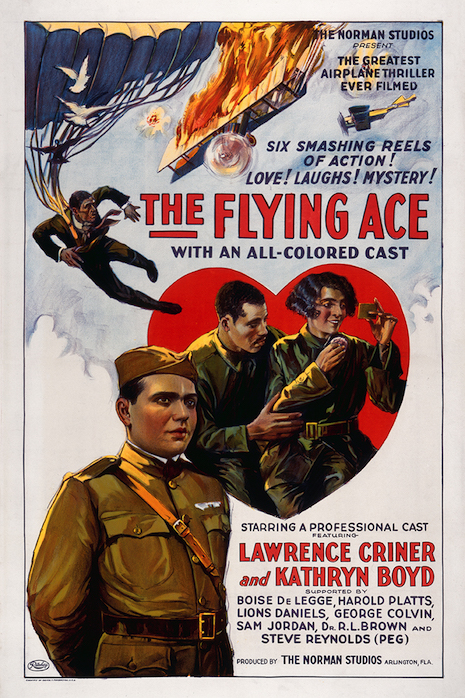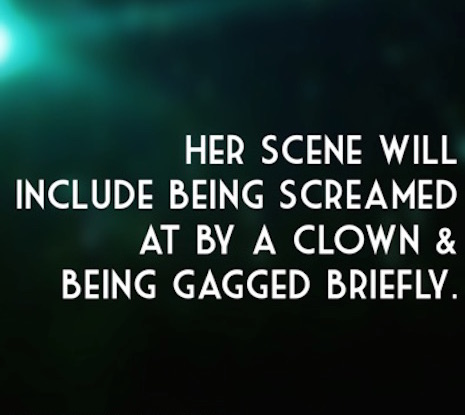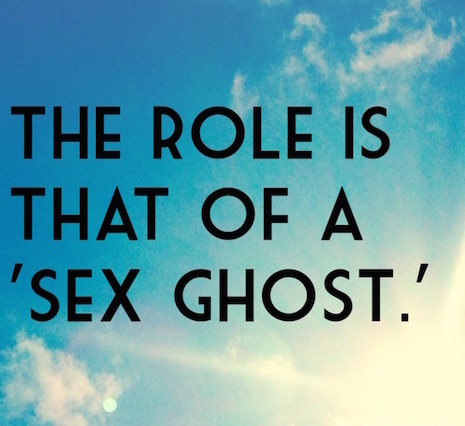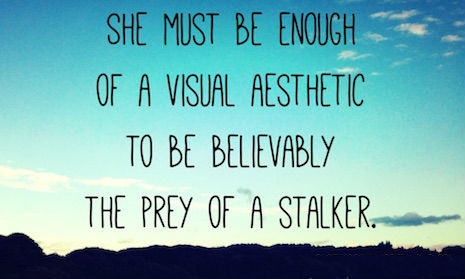
Barry Jones: “They all loved the posters. Wayne County signed his. Everybody wanted copies so I went back for a reprint.”
Barry Jones was one of the three founders of the Roxy in Covent Garden at the very end of 1976 and the start of 1977; the other two were Andrew Czezowski and Susan Carrington. The Roxy famously lasted less than two years and had an especially awesome start, featuring many of punk’s greatest acts in a very short time, including Wire, X-Ray Spex, XTC, the Damned, the Jam, the Police, the Adverts, Buzzcocks, Sham 69, Siouxsie & The Banshees, the Slits, and the Vibrators.
After the Roxy closed, Barry Jones joined the London Cowboys, who stayed intact through 1986.
If you do research about the 1970s with any regularity, as all DM contributors do, it becomes immediately apparent how ubiquitous black-and-white photography was and how expensive printing in color must have been. One of the aspects that makes Jones’ gig posters so marvelous is that, in addition to being totally too much and overwhelming the onlooker with visual data, they’re just full of brimming color. Not suprisingly, they were supposed to be in B&W too, as Jones revealed in the pages of The Roxy London WC2: A Punk History by Paul Marko:
I loved color and I loved collage. I loved Andy Warhol and I loved the mass production thing. I’d found the place on Regent Street where Bowie shot that cover of Ziggy Stardust in the telephone booth right near the Xerox copy place. There were very few copy places around at that time—colour copiers anyway. We found this place that was conveniently near us and I did some paste ups. I was in love with magazines; if you went to my flat there were stacks and stacks of colour magazines from Vogue to colour supplements. I would go through them and pull out images I loved and the typefaces I wanted to copy. I had reams of references. At that time I was also really into Spiderman comics and their graphics. I loved the depth of feel that they got. I didn’t know what I was doing but I liked that the fact there was more to read in them than my earlier posters which were flat graphic.
When I came to do the posters it was just like a natural transition to me and include things I liked. So basically I slung together these collage things. The first three were for the Yanks. I liked them and they were gonna be B&W because that was all we could afford at the time; we weren’t making that much money. I remember going down to get them printed. I ran them through the B&W copier and they were pretty disappointing and I thought just for me I’ll do a colour one and that was it. Boom! Off the page it was phenomenal. and I just made the decision on my own that these were going to be colour. It’s a special gig; it’s the Yanks, it’s the Heartbreakers. They were expensive and had to be strategically placed rather than smothering the town.
(If available, clicking on an image will spawn a larger version.)

Cherry Vanilla: “That vibrator was drawn in. It was actually a microphone in my hand, but they made it into a vibrator. I had no control over that, but I didn’t mind it. I was sexual and I didn’t mind being portrayed that way.”

Jones: “Leee Childers was so gracious because I’d spelt Heartbreakers wrong. I had this kind of dyslexic thing where I would do a layout and one in ten I would do a misspell. I spelt it ‘Heartbrakers’... He was so gracious saying ‘it doesn’t matter they’re beautiful.”
More of Barry Jones’ posters from the Roxy, after the jump…








